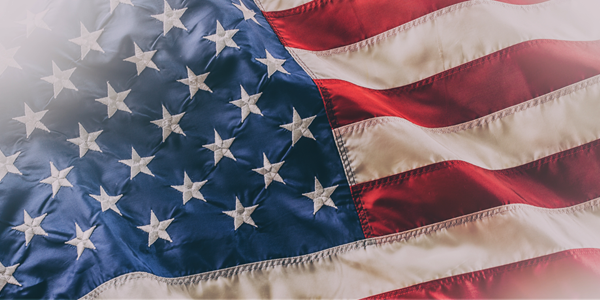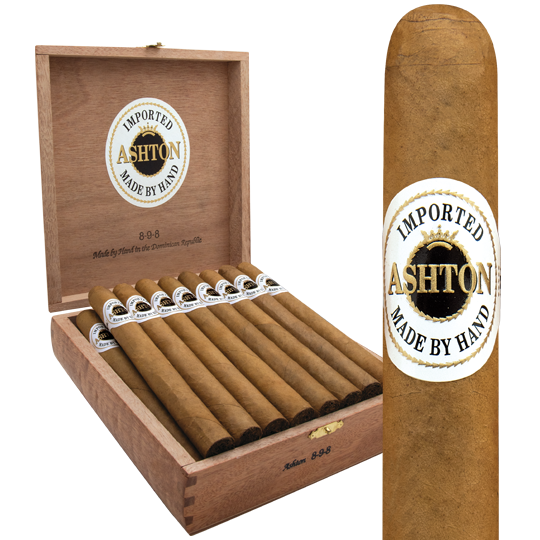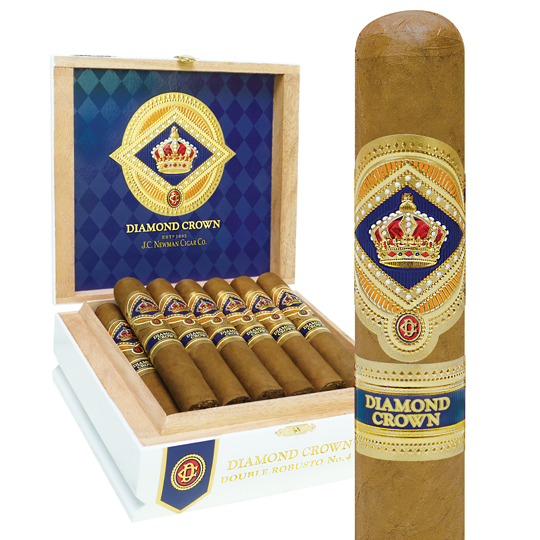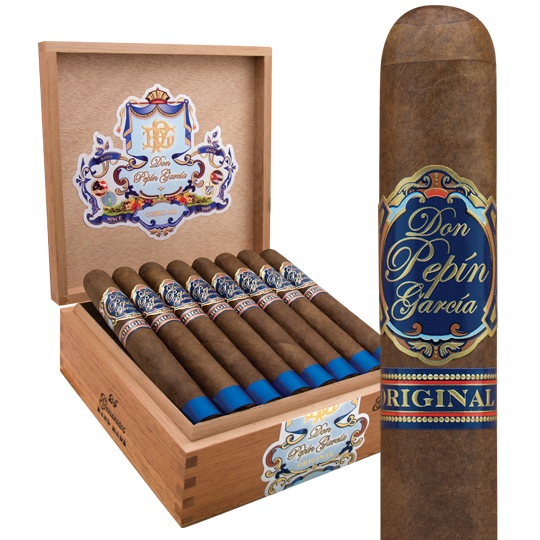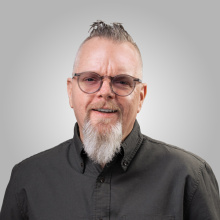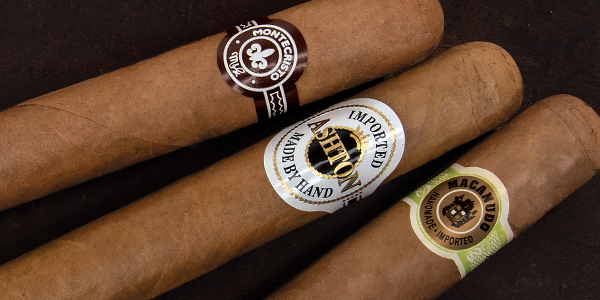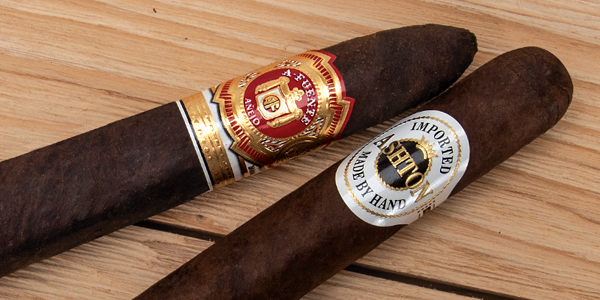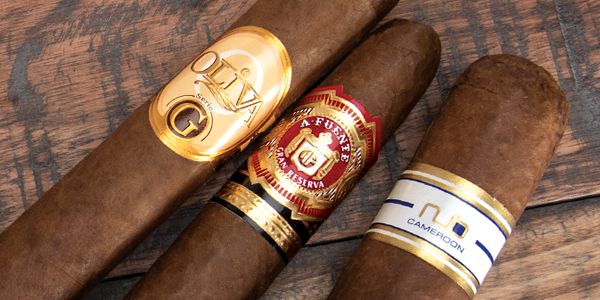All About American-Made Cigars
First things first. When we talk about Nicaraguan, Dominican, Cuban, or American cigars, we’re referring to the country in which the cigars were made. The tobacco in the cigars can be from anywhere and not earn mention in terms of origin. The United States still has a number of cigar factories, most of them in Florida, where premium cigars are rolled. When it comes to American cigars, there’s a little history involved.
The ‘New’ World Grows Tobacco
How tobacco came to what is now the USA is not entirely clear. More than likely, Native Americans who migrated from other parts of the Americas brought tobacco seeds with them to different parts of the country. Some believe European settlers introduced tobacco in the early 1600s. What we do know for sure is that in the Connecticut River Valley, tobacco has been around a long time and was already being grown by the “native population.” The soil in Connecticut has been favorably compared to that of other highly regarded tobacco regions, including to Cuba’s Pinar del Rio. At its apex, the Connecticut River Valley had more than 20,000 acres planted with shade tobacco. Today, it’s estimated to be 2,000 acres at most. It just got too expensive and the varietal of Shade began to be grown elsewhere around the world. Still, the two Connecticut wrapper leaves, Shade and Broadleaf, are found today on many great cigars, including the Arturo Fuente Chateau Fuente, Ashton Classic, Ashton Cabinet, Diamond Crown, Macanudo, Montecristo, and on the Rocky Patel Vintage 1999 line, among others.
Let’s Make Some Cigars Here!
Ybor City, Florida, now part of greater Tampa, is where the American cigar manufacturing business got its start. That was in the 1890s, and by 1920 Ybor City was known as ‘Cigar City.’ Among those making cigars there was A. Fuente and Co., beginning in 1912. The Fuentes rolled imported Cuban tobacco in their American cigars.
The American cigar-making industry was hit by a number of challenges over the next century. The Great Depression of the early 1930s; the rise of machine-made cigars after World War II; the Cuban embargo of 1962 denied the factories of its tobacco source. That last one sent the cigar entrepreneurs looking for other sources of tobacco. Where they found it, they ultimately set up factories. The costs were lower. As we previously wrote,
At its peak in 1895, the US boasted around 42,000 cigar factories. Today there might be 50 that continue to roll cigars. Cleveland alone had 330. Today, Ohio has none. Some small operations can be found in Miami and in other cities. Florida has the most and produces some cigars you all love. Seven rolling operations remain in Tampa, among them J.C. Newman, calling itself ‘America’s Oldest Family Owned Cigar Manufacturer.’ Among the J.C. Newman brands are Diamond Crown Julius Caesar and Brick House.
Today, many American cigars are made by machine. Among the premium, handmade cigars, maybe the biggest distinction among US producers is national distribution versus very local brands. Some are among the more expensive cigars you can buy, others are bargains.
National Brands
The great example among American cigars that is distributed nationwide is the Tatuaje 15th Anniversary, part of the company’s Miami line. This full-bodied cigar comes in a Rosado or Oscuro wrapper from Ecuador and is filled with Nicaraguan tobacco. You can choose from a Belicoso (5.5 x 52) for about $19, or a Torpedo (6.5 x 52) for about $21. This American cigar was originally made in Miami’s Little Havana, at the El Rey de los Habanos factory owned by Jose ‘Pepin’ Garcia, but is now crafted at the My Father operation in Doral, Florida. The Garcia family makes other Tatuaje cigars for founder Pete Johnson, who first introduced this cigar in 2004 at the Grand Havana Room in Beverly Hills. The Rosado produces some intense notes of spice and wood with some coffee flavors. Oscuro-wrapped cigars deliver some good pepper, coffee and chocolate notes.
The Garcia family also produces the highly rated Don Pepin Garcia blue label at their Doral-based factory. The line is handmade entirely from Nicaraguan tobaccos, including its oily Corojo wrapper leaf. Back in 2008, the 7.5 x 38 Lancero score 93 points and a ‘Top 10’ ranking in Cigar Aficionado. The blend continues to win accolades with its full-bodied profile of nutmeg, cinnamon, and cayenne pepper.
Local Brands
From Arizona to Illinois to New Jersey and back to Texas and California, there are small cigar-rolling operations that are worth a visit. At a minimum, you’ll get to see the art of making a cigar firsthand. You might even find a cigar you like! Start investigating. Cigar Aficionado can give you a head start with its list of 50 U.S. cigar factories.

